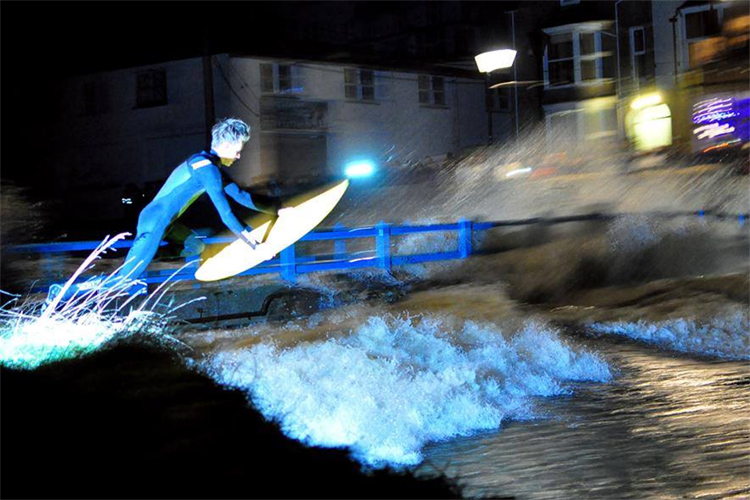They look like tidal bores, but they're not caused by tides. Upstream river waves are swells, or wave trains, that form in the ocean and travel up the river.
Tidal bores are a spectacular natural phenomenon that can be forecasted and are often ridden by surfers who enjoy the longest waves of their lives.
But with upstream river waves, it's the ocean that pushes swell up river mouths for longer or shorter distances and against the direction and flow of the natural river current.
One of the world's most famous upstream river waves can be found in Donostia/San Sebastian, in Spain's Basque Country.
The Urumea River hosts a well-known yet unusual surfing wave.
When Mother Nature produces 20-foot NNW ocean swells, a series of wave trains rush up the river stream and immediately engage the local surfing community.
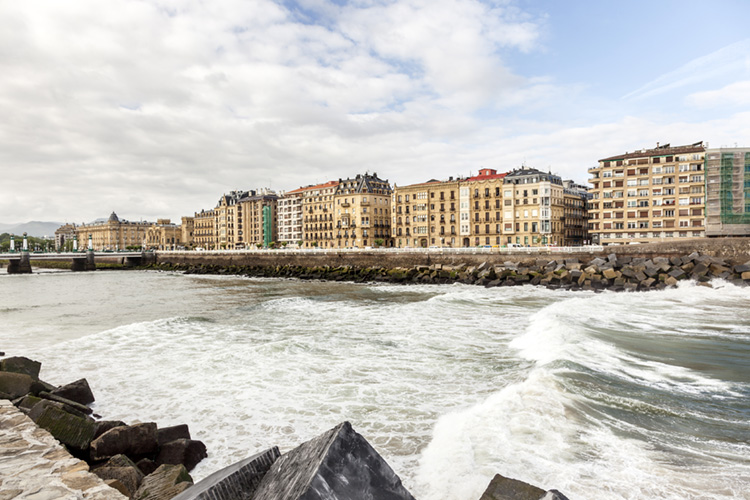
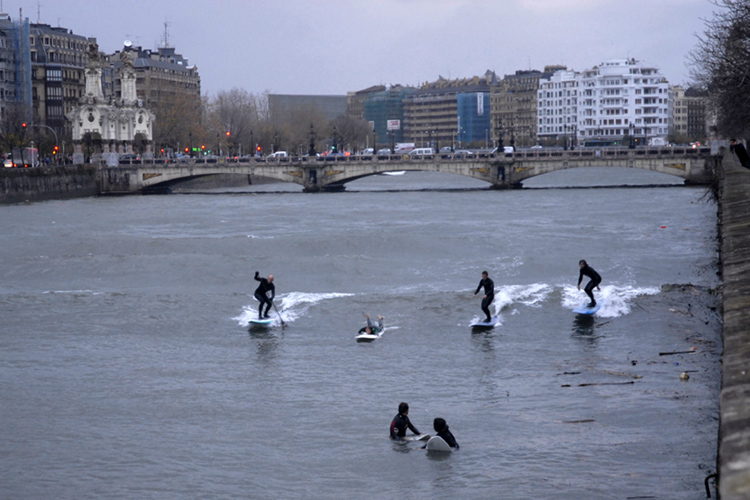
Typically, the wind blows strong near the river mouth, so there's often plenty of chop in those waters. But as the wave travels up Urumea, the conditions get cleaner and more surfable.
When the surf's up at Donostia/San Sebastian, the local riders align along the river's side with the boards under their arms and wait for the best moment to jump into the water.
As they pick the best waves, tourists try to find the best spot to watch and photograph the natural spectacle.
When the conditions are perfect, it is possible to ride a wave all the way from the river mouth to the city center - and that's one kilometer.
The Urumea River is a Spanish surfing paradise and offers a unique and long wave-riding experience to those who have never tried river surfing.
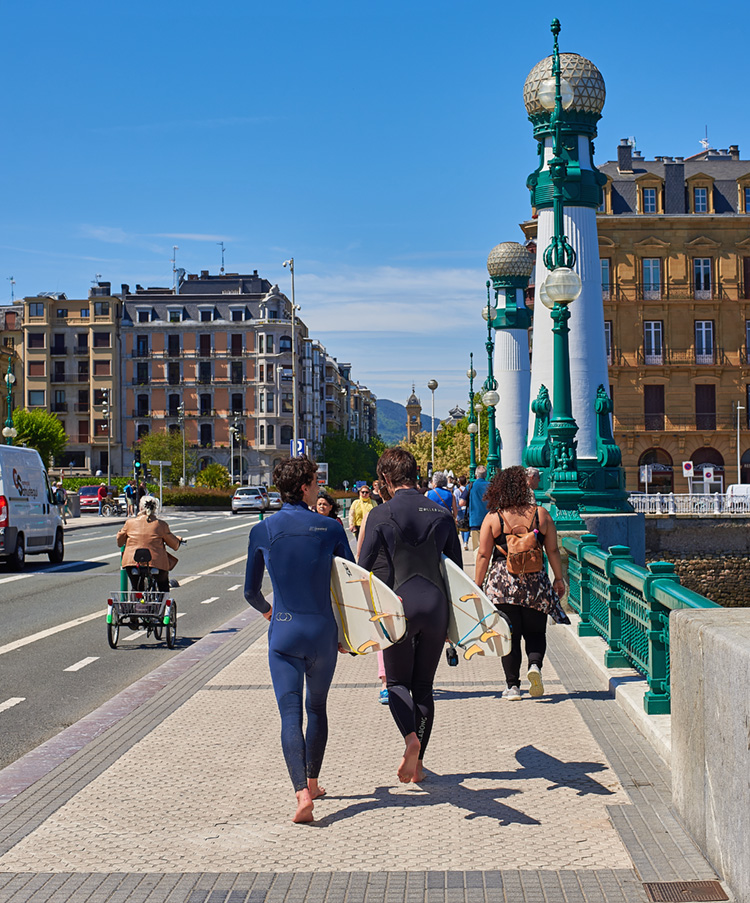
Usually, tidal bores only offer a single wave. It's a one-shot opportunity. If you miss it, you'll have to wait hours, days, weeks, or even months for the next ride.
With upstream river waves, you can surf for as long as the swell lasts, and that can be several hours. So, if you fall off the board or wipe out, you can always get back to the river mouth and start again.
Surfing Bude's River Neet or Strat
Surfing an upstream river wave is an exciting experience. Unfortunately, there aren't many rivers featuring this type of wave.
In Cornwall, England, there is a growing surfing scene around this unusual form of wave riding. The region is home to four upstream river waves.
One of the best and most popular spots is located in Bude, a small town located 50 miles north of Newquay, the capital of British surfing.
In a way similar to its Spanish counterpart, Bude's River Neet or Strat flows to the Atlantic Ocean.
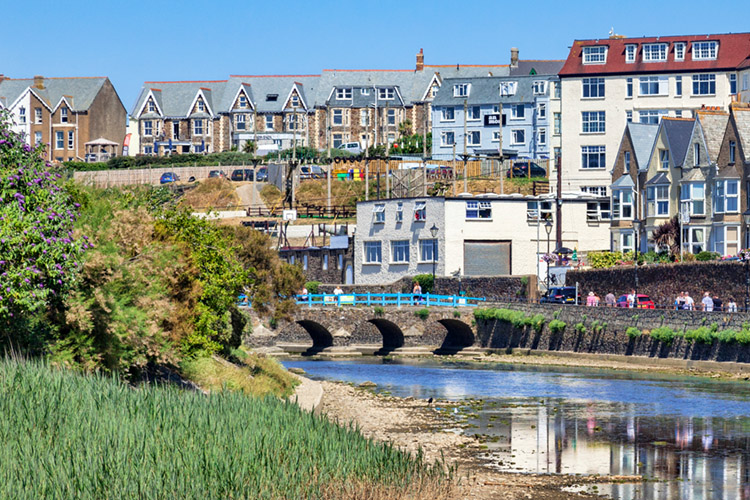
And when the swell hits the local river mouth, locals know they will ride their surfboards through the urban area.
The most spectacular section is near the South West Coast Path, the town's first bridge. People stand by the riverside and watch surfers crouch and ride beneath the bride.
"Surfers will surf anything. When it's a bit different and exciting, we go out and do it. When the river works, you have to surf it when the surf it's actually enormous, and you can't surf on the beach," Paul Stickney, owner of the Zuma Jay Surf Shop, once told BBC.
But there are more upstream river waves around the world. Hopefully, they will get discovered and surfed because it really is a unique and long-lasting pleasure.
Discover the best river surfing waves in the world.
Words by Sascha Baltes and SurferToday
